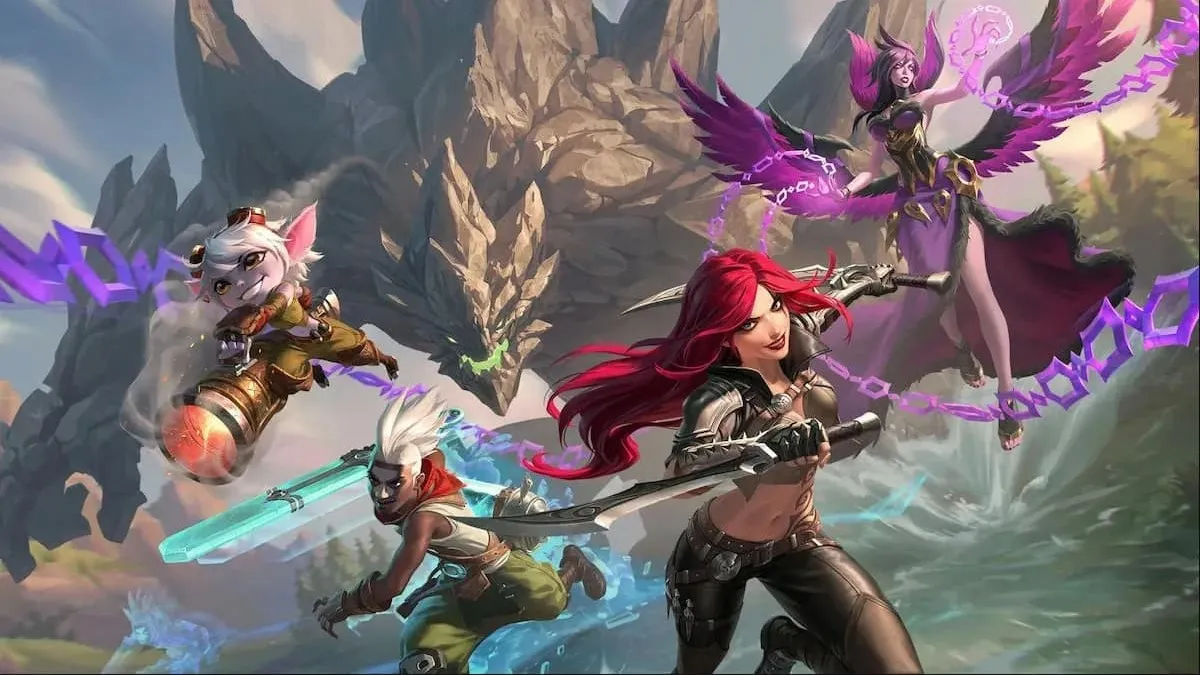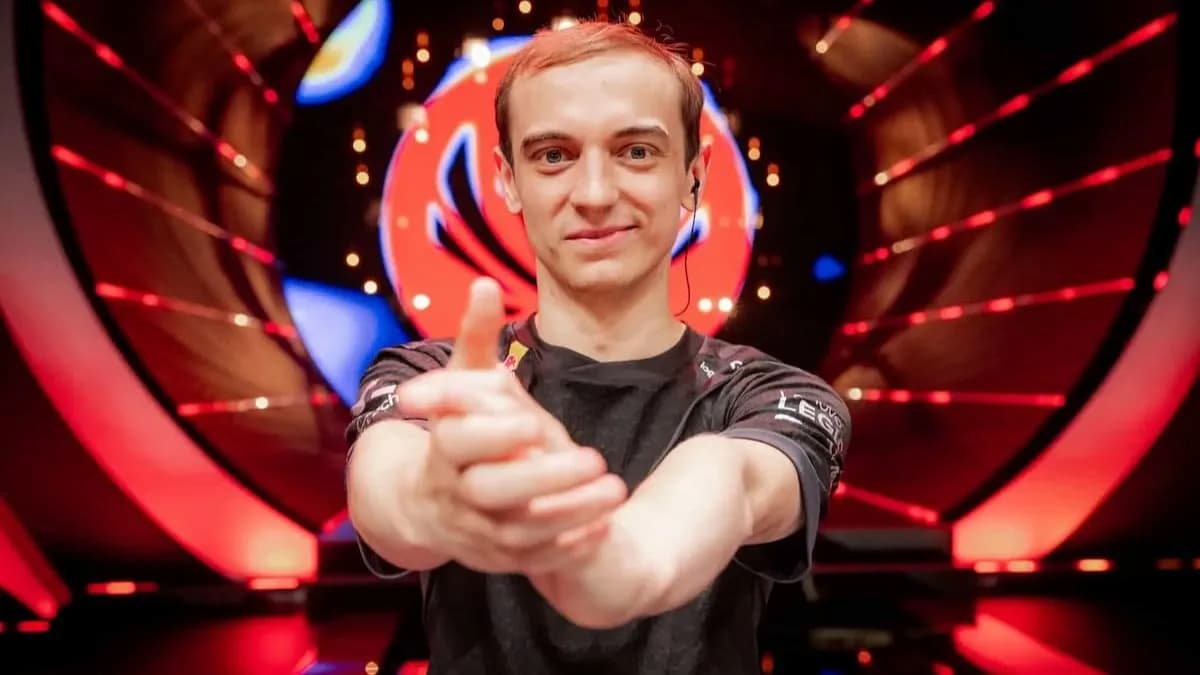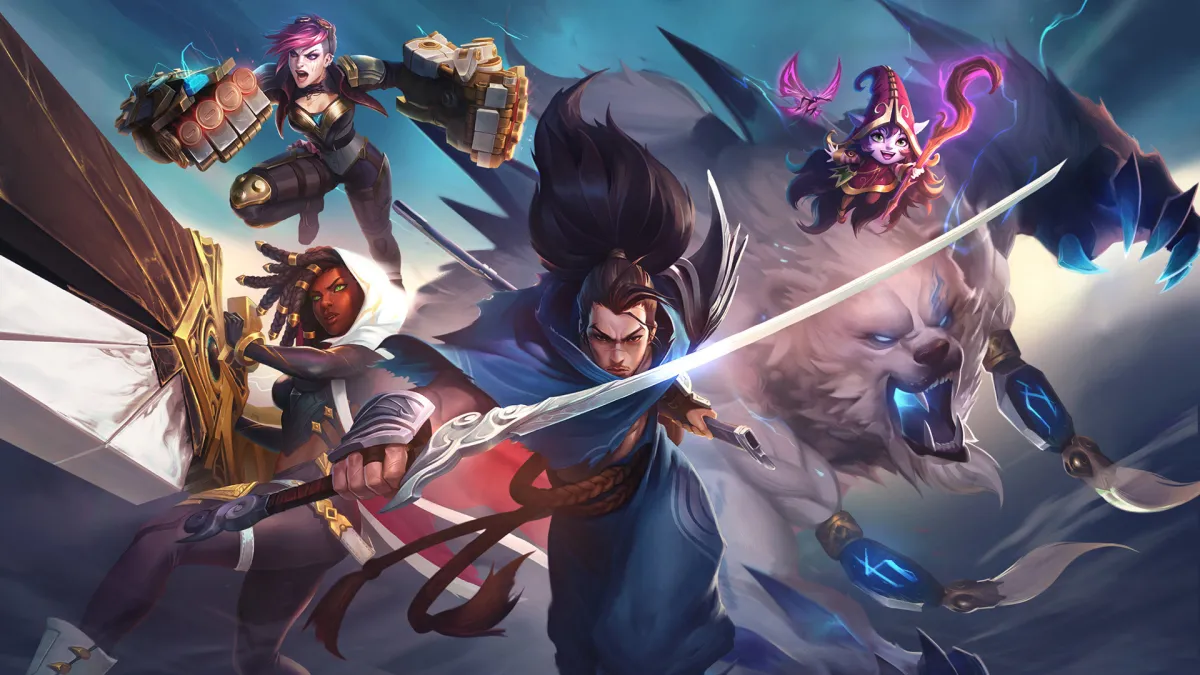I started following e-sports only a few years ago, when Riot introduced the LCS. Back then, I had only ever seen a few Starcraft: Broodwar tournaments and had never thought about e-sports being a profession. I had heard about Korea’s passion for it, I had heard about people making hundreds of thousands of dollars, but in my mind it was something not worth pursuing unless you were naturally world class. However, I eventually have learned that those players not only actively work on becoming better, but they have coaches to help them improving at any aspect of their game and their lives. It has become very clear that, if you become a professional player in Korea, there is a sophisticated support staff behind you and you will have to work all day, every day, to improve and become the best player possible.
Meanwhile, when I watched LCS in the early days, you knew those were a bunch of people who just happened to be good at the game. Their strategies have seemingly developed by just playing and seeing what works, and their practice schedules seemed to not exist as such. Streaming was still a big part of a pro player’s day. Teams had naturally developed play styles like the mid-centric TSM play, M5’s hyper non-stop aggression or the ‘protect the Doublelift’ approach. There was no coach to come up with these concepts, it just happend to be the way teams worked. I still remember when Cloud9 entered the LCS, a lot of people were talking about the fact that they used an analyst to help them. Their pick and ban was superior in that they would ban out crucial parts of team composition, as opposed to target ban signature champs most of the time. It baffled my mind that other teams did not have this, particularly with some of the long-standing or wealthy organisations like Fnatic or TSM.
With Riot’s decision to make a coaching position mandatory, at least on paper, while also providing additional funds for a coach, not only have we seen more and more prominent names making the switch to coaching, but also have the coaches gotten a lot more exposure. I am going to write a series of articles as I delve deeper into the matter and learn more about the developments in coaching infrastructure among the western scene. The series will start off with an article showcasing my personal view on coaching structure, accompanied by an idealised system based solely on my own ideas. This system will be revised throughout my series, the more I learn about the subject at hand.
Please leave your feedback in the comment section, or tweet me @TediousEsports! Any feedback is welcome 🙂





Published: Jun 22, 2015 03:11 am